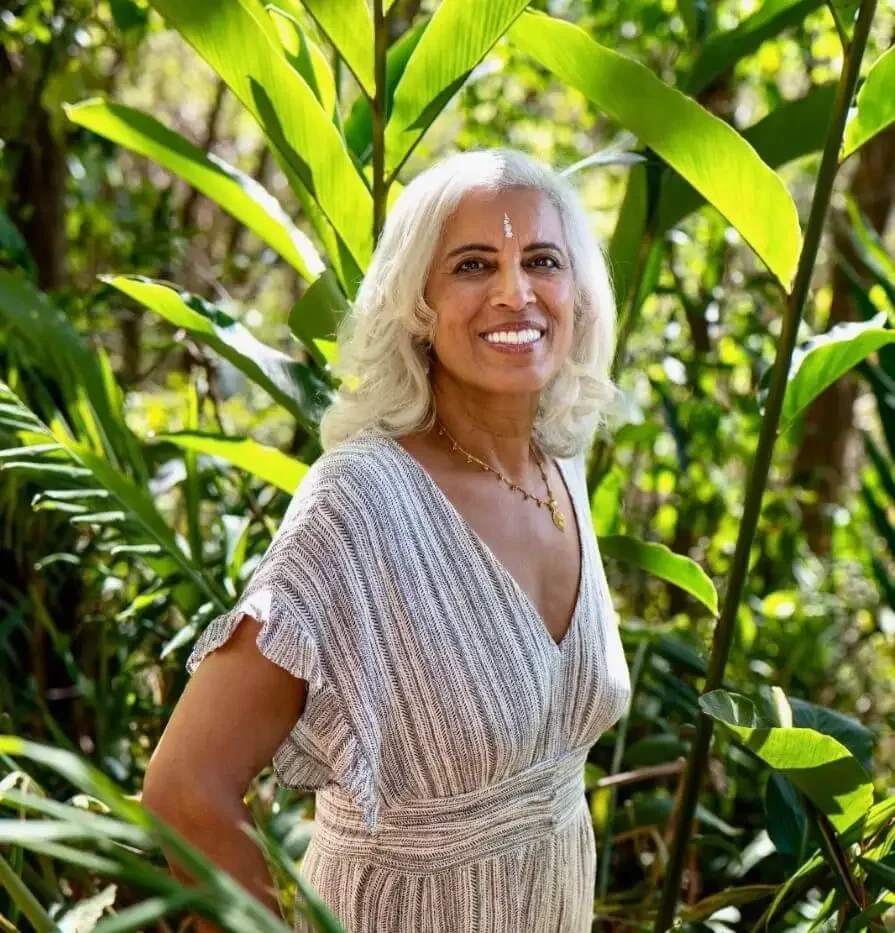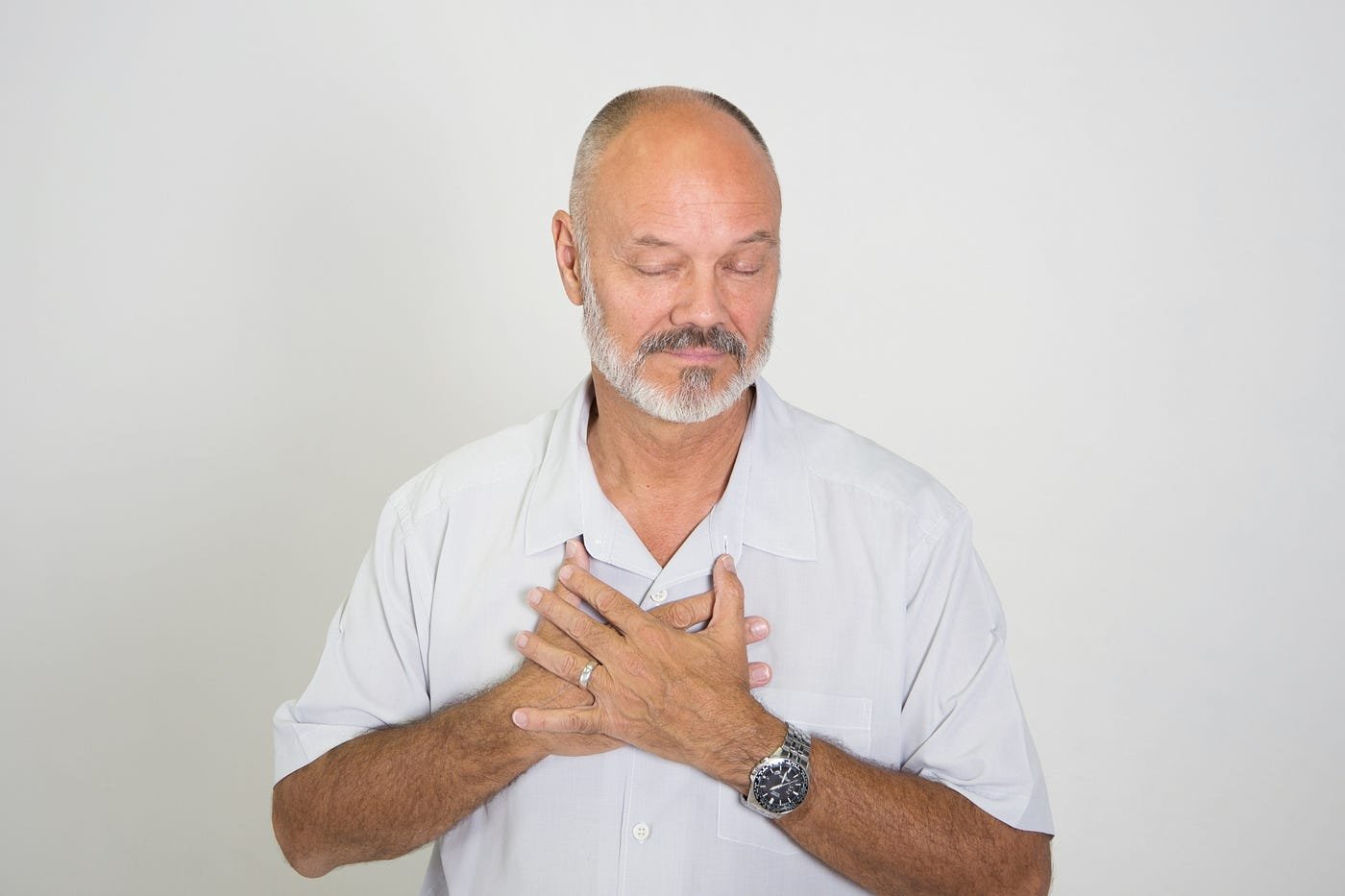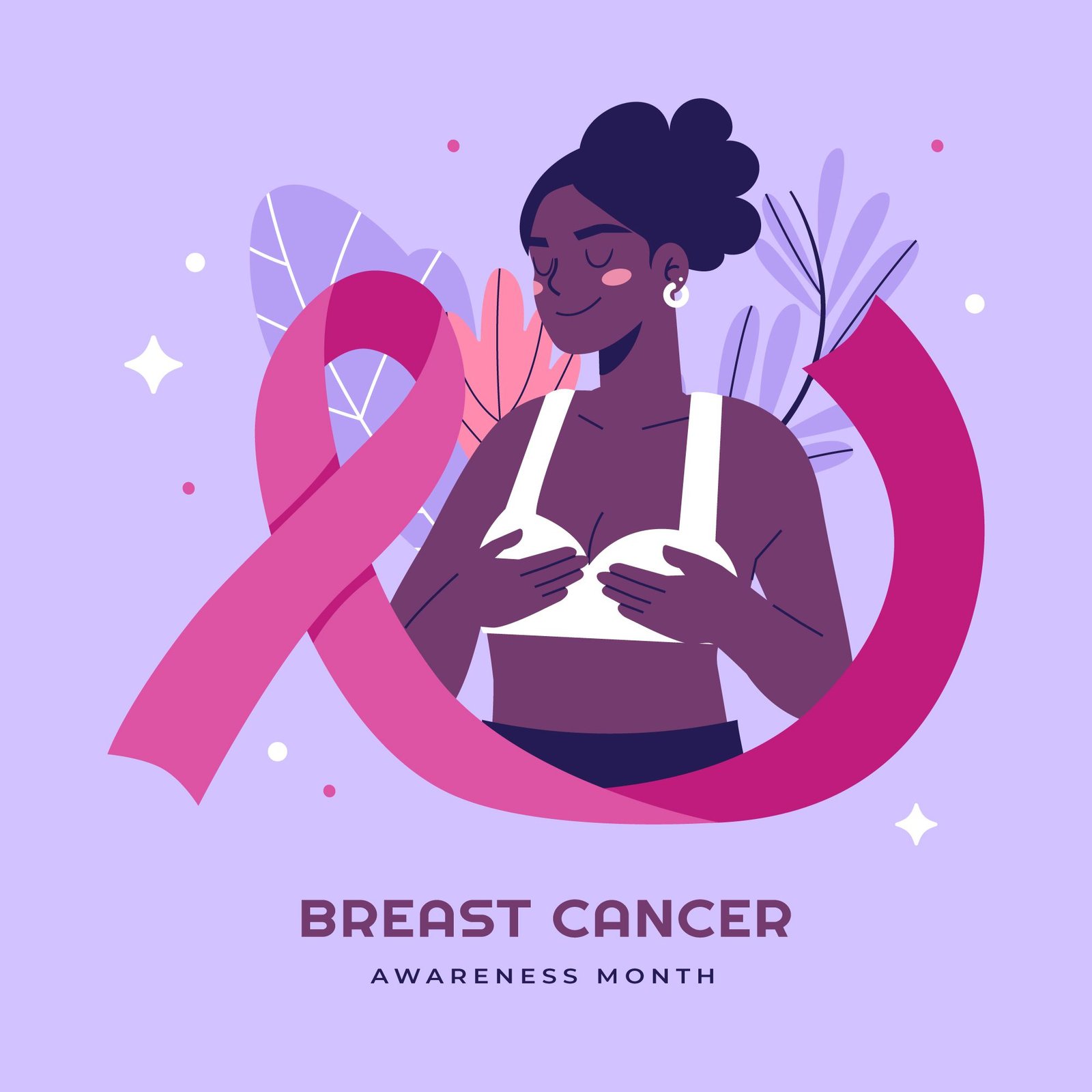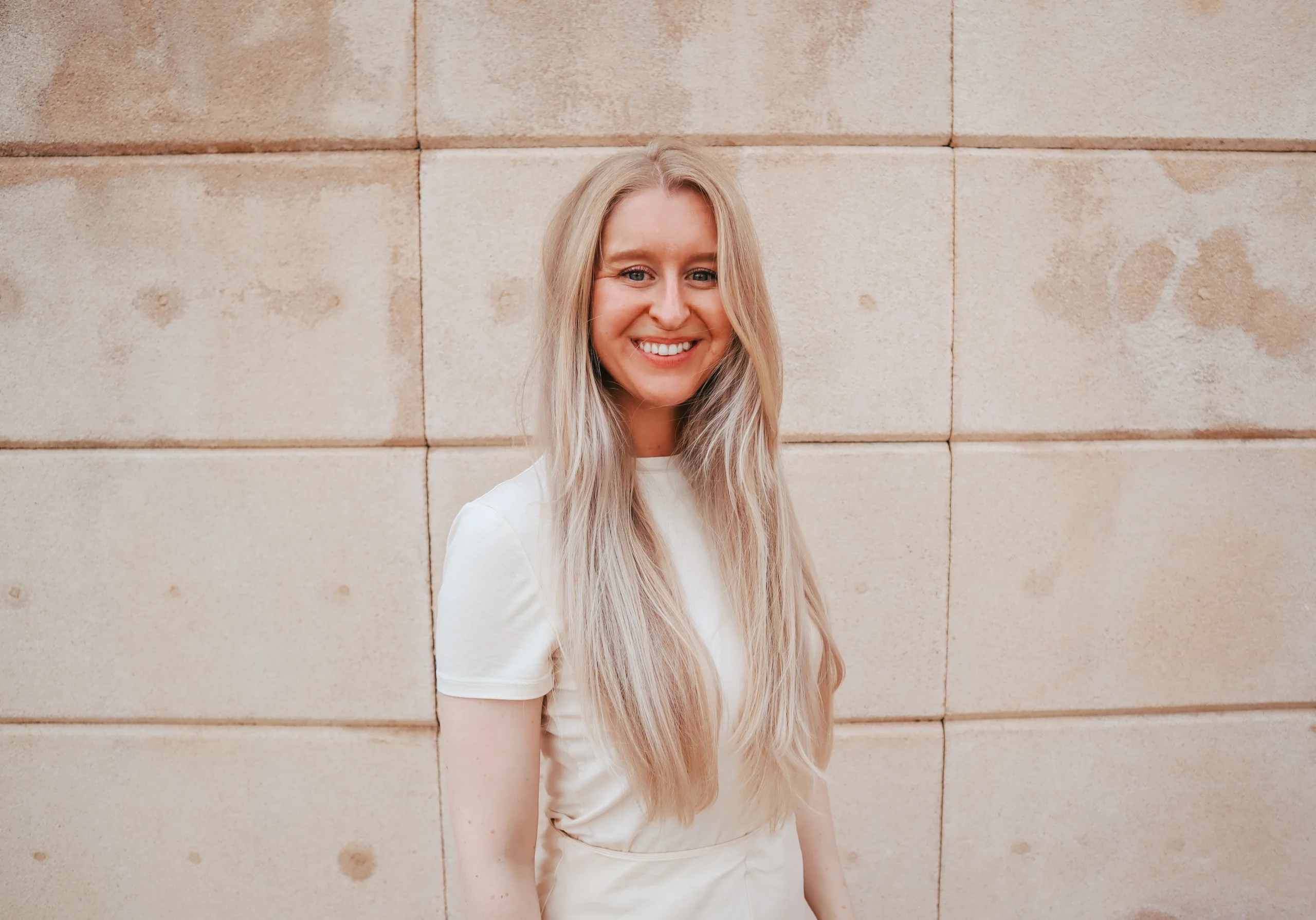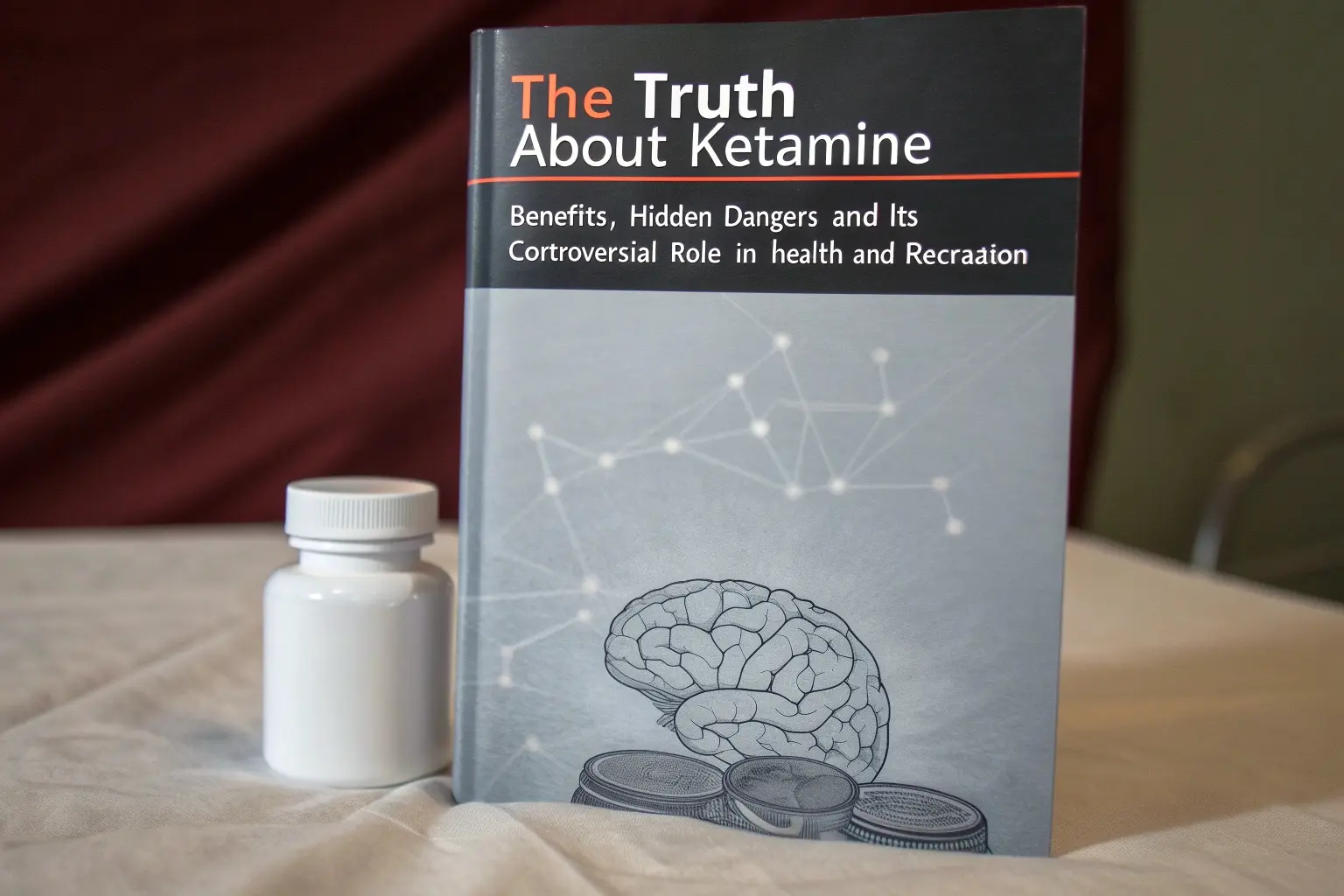Wellness in the Spotlight: Insights from Vivienne Benitz
From burnout to biohacking, Vivienne's personal health awakening reshaped her mission—now she helps wellness and longevity brands communicate with clarity, connect with purpose, and grow without compromise
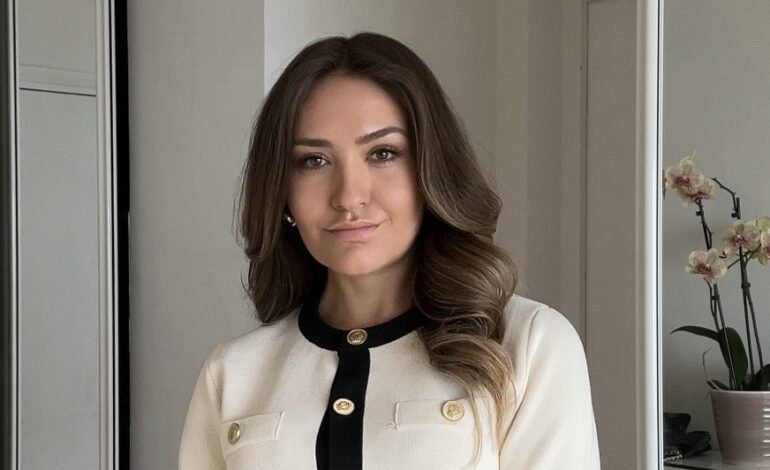
1. Vivienne, you’ve worked with over 500 business owners and CEOs to amplify their brands—can you take us back to your first steps in this field? What drew you to the intersection of wellness, longevity, and strategic communication?
My entry into this space was less of a career move and more of a personal awakening. I built my first agency helping CEOs and entrepreneurs grow their online authority- positioning them clearly, earning them trust, and helping their message land. But behind the scenes, I was battling my own health issues: chronic inflammation, hormonal chaos, and a level of fatigue that no productivity hack could fix.
That chapter taught me something important: a thriving business without health isn’t sustainable. I realized I didn’t want to keep building businesses that looked successful from the outside but left me disconnected from my body. So I made some foundational shifts. I stepped away from hustle culture and started prioritizing health optimization. I focused on balancing my hormones instead of overriding them. I made space for fertility health, daily nourishment, and a slower rhythm that honors the season I’m in – not just the goals I’ve set.
And from that space, I built something better: a business that’s rooted in clarity, impact, and service.
Today, I help wellness and longevity brands do the same: communicate their science in a way that connects, earn trust with their audience, and grow without sacrificing the values they stand for. This work isn’t just strategy to me. It’s about shifting how we define success- away from constant output, and toward something regenerative.
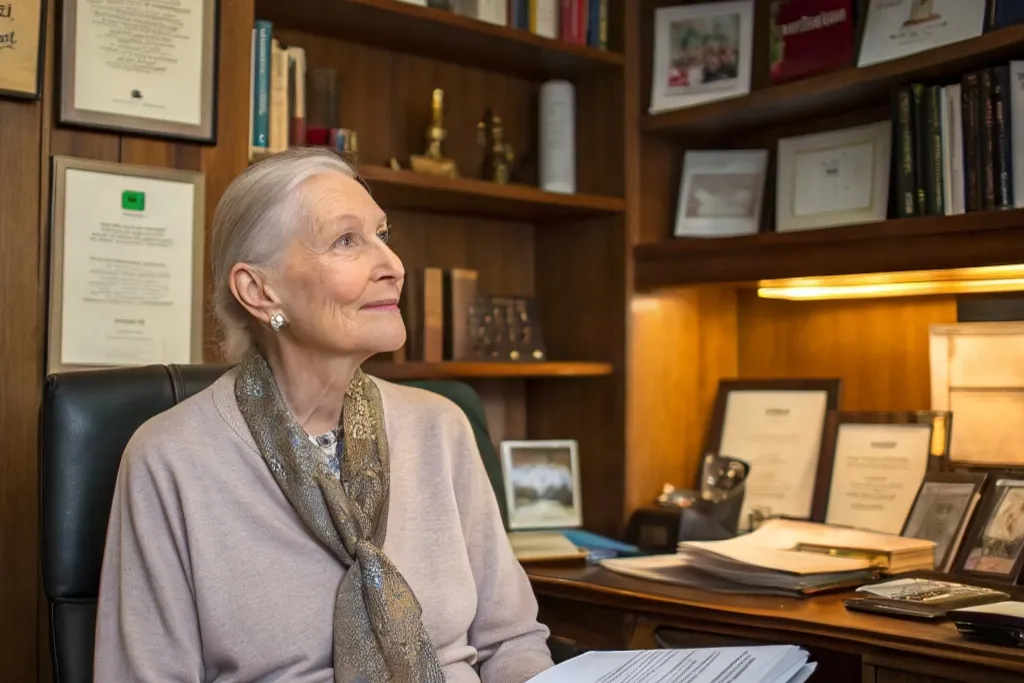
2. Your work focuses on building trust between longevity brands and their audiences. In a world of information overload, how do you define trust today and how do you help brands earn it authentically?
Trust today comes down to clarity, consistency, and intention. It’s not just about saying the right thing. It’s about being honest, staying grounded in your values, and showing people that you’re genuinely here to help, not just to sell.
One of the biggest gaps I’ve noticed in this industry is that the brands with the loudest voices are often not the ones with the deepest expertise. A lot of influencers and big supplement companies know how to market, but their products are diluted, or their messaging is misleading. And because their content is entertaining or easy to digest, it goes viral.
Meanwhile, the scientists, clinicians, and educators who are actually doing the important work often get overlooked. Not because they lack credibility, but because they don’t know how to communicate their message in a way that resonates with the public. They don’t know how to simplify complex ideas, how to get featured in the press, or how to show up in a way that builds emotional trust.
The impact I want to make is about helping the right people become visible and understood, so more people can access real, preventative, science-backed health, not just what’s trending.
And more than anything, trust is built through storytelling. People want to know who’s behind the brand. What do they stand for? What is their mission, and what impact are they trying to create? When someone googles the founder, does the story connect? Is there a face behind the message or is it just another logo? People trust people. If we want long-term connection and credibility, the human story has to come first.
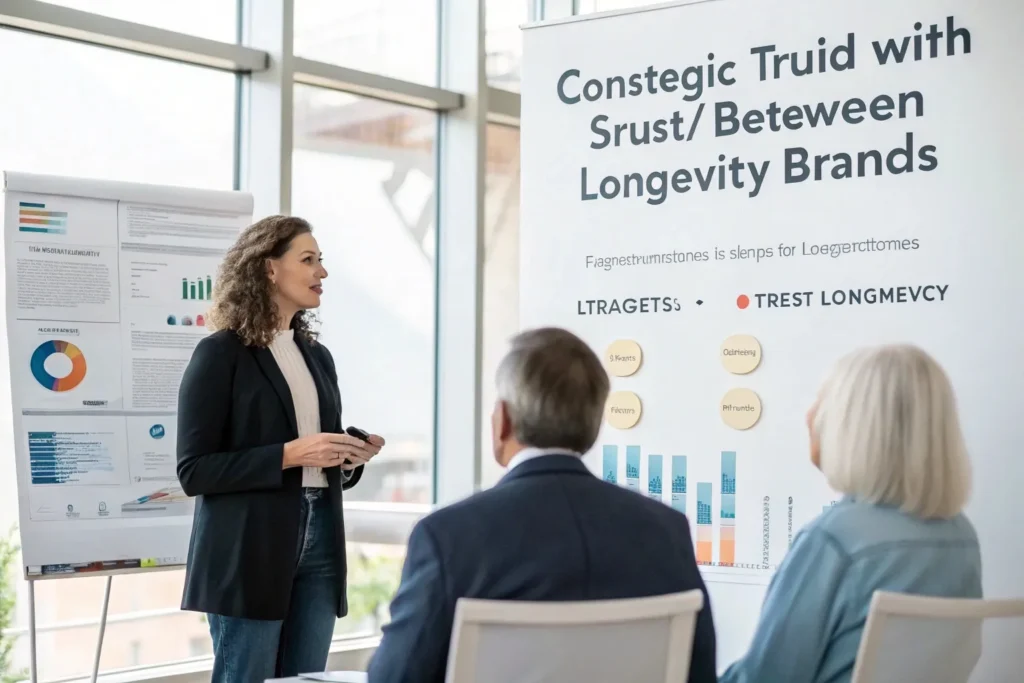
3. Longevity and wellness are often marketed as elite or aspirational. At this stage in the industry’s growth, is longevity really accessible to everyone—or does it remain something only the wealthy can realistically engage with?
Right now, longevity still feels exclusive and in many ways, the marketing makes it seem like it’s only for those who can afford $25,000 gene therapies or high-end health retreats. But that’s not the full picture.
The foundation of longevity is not expensive. It’s built on simple things like quality sleep, sunlight, blood sugar balance, mineral intake, and emotional regulation. These things are either free or affordable. But they require discipline in building the right habits.
This is exactly why I care so deeply about the work I do. My mission is to make longevity more accessible.
Because the truth is, once someone understands the power of preventative health, their priorities start to shift. Instead of spending on short-term pleasures like partying, fast food, or endless beauty products, they start investing in themselves. And that creates a ripple effect- not just in their own life, but in their community.
I believe the real change starts with the younger generation. Ideally, in the educational system. We should be teaching young girls that they don’t need 20 beauty products loaded with endocrine disruptors to feel confident. We should be talking about nutrition, movement, mental clarity, and cycle health in schools, not just in private clinics.
Read About: Hooked on the Cloud: How Vaping Almost Ruined My Health and Why It’s Not Just a Trend
When education improves, accessibility follows. And when people understand the ‘why’ behind healthy living, they naturally start seeking out better choices. That’s where I want to contribute, not just to the luxury side of wellness, but to the everyday awareness that leads to long-term change.

4. What do you believe is the single biggest misunderstanding the public has about longevity, and how do you think the industry can shift that narrative?
One of the biggest misconceptions is that longevity is about living forever. It’s not. It’s about living well for longer.
Longevity isn’t about chasing perfection or staying young forever. It’s about preserving your energy, your clarity, and your presence as you age, so you can keep showing up for the people and experiences that matter most. It’s about reducing pain, staying mentally sharp, supporting your hormones, feeling emotionally balanced, and having the strength to live a life that still feels full.
But the problem is, the industry often leads with extremes. Headlines about billionaires extending their lifespans or niche therapies that cost more than most people earn in a year. It creates distance. The average person doesn’t see themselves in that story, so they check out.
That’s why the narrative needs to shift. We need to stop framing longevity as this futuristic, elite pursuit, and start grounding it in what it really is: an accessible path to a better quality of life.
Waking up without brain fog. Having enough energy to go for a walk with your partner after work. Being able to travel in your 70s and feel strong in your body. That’s what people care about. That’s what actually changes behavior.
If we can translate the conversation into everyday language, speak to real-life goals, and connect longevity to the things that give life meaning, we’ll see more people take action. And that’s where the true impact begins.
5. You’re known for helping brands “communicate clearly”—a deceptively simple idea. In the context of health and science, what does clear communication really mean, and why is it so hard to achieve?
Clear communication means saying the right thing, in the right way, to the right person and doing it in a way that actually lands.
In the health and science space, that’s harder than it sounds. Most brands fall into two extremes. They either speak in overly technical language and lose their audience, or they water everything down so much that the message becomes generic.
Clarity takes more thought than either of those options. It requires specificity, relevance, and emotional intelligence.
It also requires humility. Especially in science-based industries, we have to be willing to say “we’re still learning” instead of overhyping results just to drive conversions. Long-term trust is built by being honest about what we do know and responsible with what we don’t.
Another piece people overlook is the difference between brand communication and personal brand communication. The product matters, yes, but people want to know who is behind it. What’s the mission? Who’s the founder? Why does this matter to them personally? Is there alignment between the product, the person, and the purpose?
People connect to people. And every potential customer is silently asking, “But why should I care?” If you can’t answer that, if you can’t clearly show them how your mission ties into their life, their values, and their goals, the message won’t stick.
At the end of the day, communication is not just about saying something well. It’s about making people feel understood, empowered, and seen in the process.
6. As someone embedded in the wellness and longevity space, how do you personally approach your own health? What routines, philosophies, or practices ground you amid a high-pressure leadership role?
For me, health isn’t just something I manage, it’s something I live by. My success is grounded in how regulated I feel, not how much I get done. So I’ve built my routines around nervous system safety, hormonal balance, and the kind of joy that doesn’t come from a checklist.
I start every day with gratitude. It sounds small, but it changes the lens through which I see everything. I eat enough protein. I fast in alignment with my cycle. I prioritize home-cooked meals and nourishment that supports long-term energy, not just short-term output.
I’ve swapped out constant caffeine for matcha, mushroom coffee, or tea, something that gives me clarity without the crash. I move daily, but gently. I laugh often. I dance to my favorite music just because it makes me feel alive. Letting my inner child have space has been one of the most healing things I’ve ever done. It’s helped me soften, breathe, and actually enjoy the life I’m building.
I live in alignment with my faith, which anchors me when things feel chaotic. I give back often, because service reminds me of why this work matters. And I’ve learned to protect my peace by walking away from anything or anyone that doesn’t align with where I’m headed.
Longevity, to me, isn’t about perfection or optimization. It’s about living well in a way that’s sustainable. That feels safe in your body. That makes space for joy, purpose, and connection.
That’s what grounds me and it’s what I try to pass on through the work I do.
7. There’s an explosion of new technologies in longevity—AI in diagnostics, personalized medicine, biohacking. From your vantage point, what innovations do you believe have the most potential to reach and impact the mainstream?
What excites me most is the shift toward personalization. We’re moving away from the “one-size-fits-all” model of health, and AI is playing a big role in that.
Instead of guessing which supplements to take or following protocols that aren’t actually aligned with your biology, AI can help create tailored recommendations based on your genetics, lab results, lifestyle patterns, and even your environment. That kind of precision is what will make longevity both more effective and more accessible.
It also solves a huge problem in traditional healthcare: fragmentation. I have traveled for four years now, and my health records are scattered across countries, clinics, and systems. With AI, all of that data can be pulled into one place, giving a full, connected picture of your health over time. That means fewer gaps, better insights, and more accurate diagnoses.
We’re talking about faster pattern recognition, earlier detection of underlying issues, and the ability to treat root causes rather than just symptoms. And the more data it gathers, the more precise the recommendations become.
But here’s the key, technology alone isn’t enough. It has to be paired with education. People need to understand what the data means and how to act on it. If we can combine personalization, smart tech, and clear communication, we’ll move from reactive medicine to proactive, preventative care.
And that’s where the real transformation happens when people feel empowered to make informed decisions that actually work for them.
8. You serve as a bridge between founders, investors, and consumers. What do you think longevity startups are getting right—and what blind spots might be holding them back from broader adoption?
A lot of longevity startups are doing meaningful work. They’re mission-driven, forward-thinking, and often deeply rooted in science. Many founders truly care about changing the health paradigm, from reactive to preventative, from surface-level to root-cause. That’s what they’re getting right.
But one of the biggest blind spots I see is communication. When you live in this space every day, it’s easy to forget that most people are still just beginning to learn about preventative health. Founders often assume that what feels obvious to them, like why sleep quality matters, why seed oils matter, how to read product labels or why blood sugar regulation impacts aging, is common knowledge.
It’s not.
A lot of startups build for people like themselves. They speak in advanced language or focus only on what excites their inner circle. But that creates distance. Most people need simplicity, clarity, and context.
If brands want to reach the mainstream, they need to speak in a way that feels personal and actionable. Not just clinically correct. People need to see why it matters for them. How it improves their daily life. What changes they can make today.
The ones that will grow and lead this space are the ones that can translate science into something people actually understand and care about. Because at the end of the day, it’s not just about the product. It’s about how well you connect with the people you’re trying to serve.
9. How do you see the concept of “wellness” evolving over the next decade? Will it remain rooted in physical health, or do you foresee a more holistic, integrated definition gaining traction?
Wellness is already moving beyond physical health, and I believe we’re just at the beginning of a much deeper shift. The next decade will be less about surface-level routines and more about integrated, personalized wellbeing, something that supports the nervous system, hormones, mindset, and longevity at once.
Biohacking plays a big role in accelerating this shift. People are becoming more curious about tools that help them feel better, whether it’s red light therapy for inflammation, cold plunges for resilience, glucose monitoring for energy balance, or wearable tech that tracks recovery and sleep. But the most important evolution is how all of this is starting to become more human, more intuitive, and more accessible.
I’m currently in Miami, and I’ve been watching the culture reflect this change. There’s a growing community of people who are prioritizing fitness events, sauna and ice bath socials, recovery lounges, functional health talks, and sober biohacking events. The energy is shifting from escapism to intentional living from spending the weekend drinking at a beach club to starting the morning with a nootropics coffee and an early run.
And I think that’s where wellness is going. It’s not about doing more. It’s about tuning in. Using data to support intuition, not override it. Living in alignment with your biology, not against it.
Over the next decade, wellness will look less like a checklist and more like a lifestyle that supports clarity, energy, and emotional regulation with biohacking tools integrated into daily life in a way that actually feels good and sustainable.
10. What keeps you personally inspired and driven in this space? With all the noise and rapid change in both media and biotech, what is your north star when it comes to creating lasting impact?
My north star is prevention. Giving people the tools, education, and access to take control of their health before it spirals.
My sister was diagnosed with multiple sclerosis in her early twenties, and it completely changed the course of her life. She was handed a protocol that centered on managing symptoms, not understanding how to actually help her. I’ve watched how traditional medicine continues to pump her with medications that affect her energy, her emotional state, her immune system and even the choices she’s able to make for her future. It’s not care, it’s maintenance. And I know there’s a better way.
That’s why I’m such a strong believer in longevity and biohacking. With the right lifestyle, data, and support systems, I believe even someone with a chronic or autoimmune condition can live a full, vibrant life.
A close friend of mine suffered a traumatic brain injury and was told by doctors that her chances were slim. But she didn’t settle for that. She explored hyperbaric oxygen therapy, peptides, red light, neurological retraining- all the tools that sit at the edge of science and human resilience. Today, she’s fully functional, living a joyful life, and proof that the body can do incredible things when given the right inputs.
So yes, the industry is noisy. But what drives me is knowing that clarity, education, and access can literally change lives. That AI, epigenetics, wearable tech, and early detection tools aren’t just trends, they’re a lifeline.
I’m here to help bring those tools to the people who need them most. To bridge the gap between clinical research and daily life. And to make sure we don’t keep waiting for people to get sick before we start paying attention. That’s what keeps me going. Every day.


